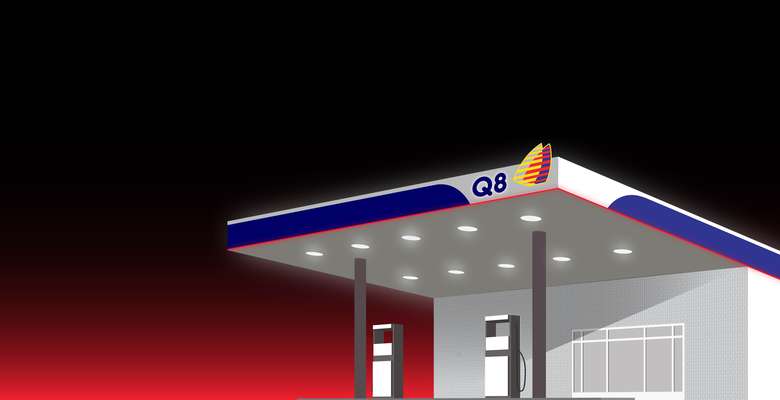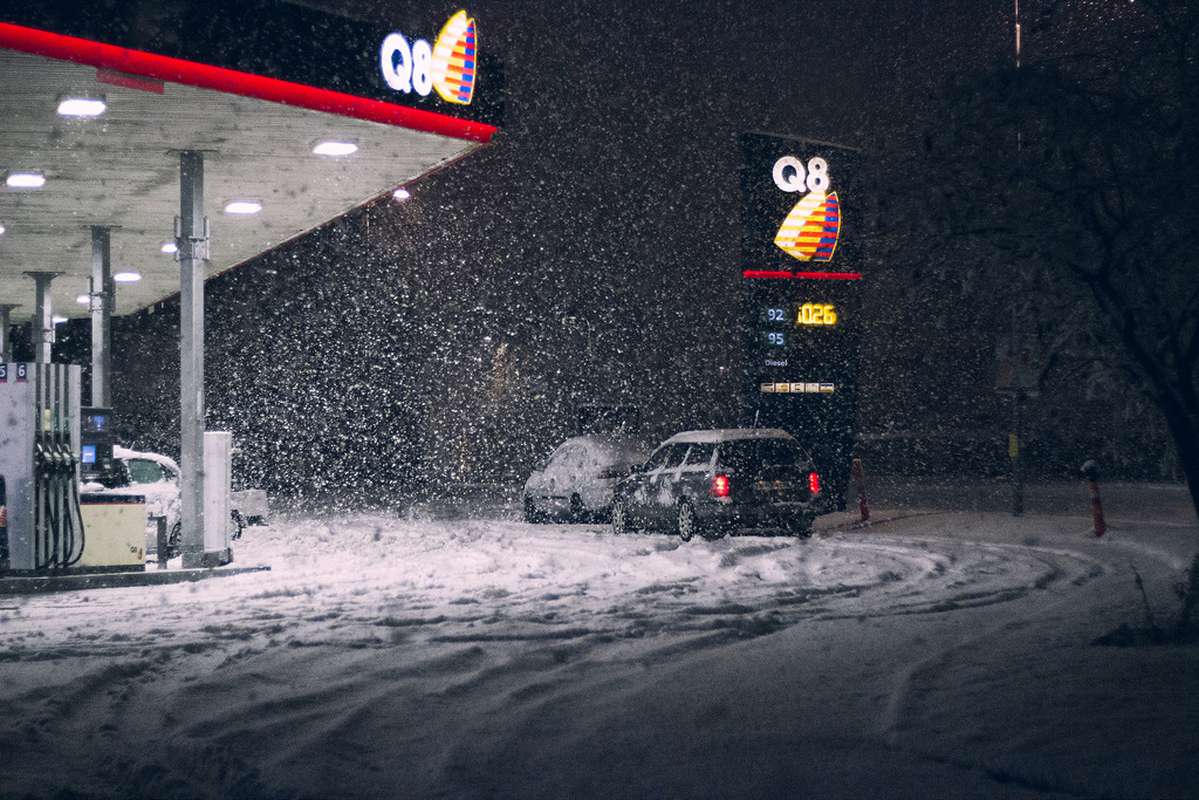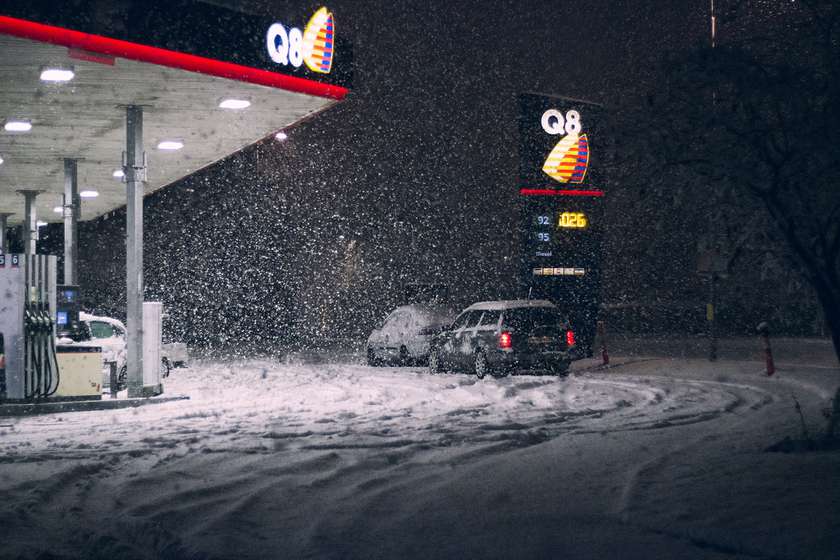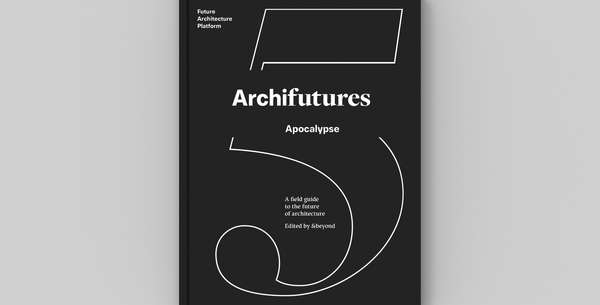Idea by
Hamed Bukhamseen, Ali Karimi
CIVIL ARCHITECTURE
Call for ideas 2018
Foreign Architecture as Domestic Policy
Foreign Architecture as Domestic Policy

The thousand gas stations built by Q8 across Europe tell the story of a small country’s midcentury growth, rebranding, and international prominence. By looking at Q8 (a subtle moniker for the State of Kuwait) gas stations across Europe, we can understand architectures role in foreign and domestic policy.
The project borrows its initial premise from the intellectual lineage of two key art/architectural projects: “Twenty Six Gasoline Stations” by Ed Ruscha and “White Towers” by Steve Izenour + Paul Hirschorn. These two books - both important contributions to the discussion of “pop” and architecture – describe the commercial landscape of post-war America, revealing an alternate landscape and idea of America as formed by the automobile. In contrast to modern architecture, the move towards pop heralded a post-modernity in which the generic and popular became the focus of design. The Q8 case is perhaps an act of political pop, revealing the common to be not generic but highly specific.

A snow covered Q8. Photo by Malte Rasmussen 2014
Foreign Architecture as Domestic Policy
Foreign Architecture as Domestic Policy

The thousand gas stations built by Q8 across Europe tell the story of a small country’s midcentury growth, rebranding, and international prominence. By looking at Q8 (a subtle moniker for the State of Kuwait) gas stations across Europe, we can understand architectures role in foreign and domestic policy.
The project borrows its initial premise from the intellectual lineage of two key art/architectural projects: “Twenty Six Gasoline Stations” by Ed Ruscha and “White Towers” by Steve Izenour + Paul Hirschorn. These two books - both important contributions to the discussion of “pop” and architecture – describe the commercial landscape of post-war America, revealing an alternate landscape and idea of America as formed by the automobile. In contrast to modern architecture, the move towards pop heralded a post-modernity in which the generic and popular became the focus of design. The Q8 case is perhaps an act of political pop, revealing the common to be not generic but highly specific.

A snow covered Q8. Photo by Malte Rasmussen 2014
